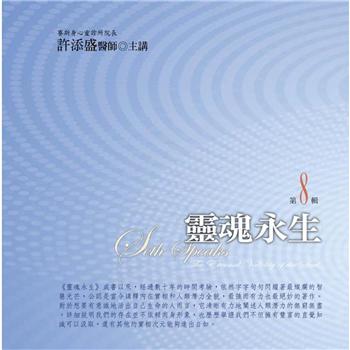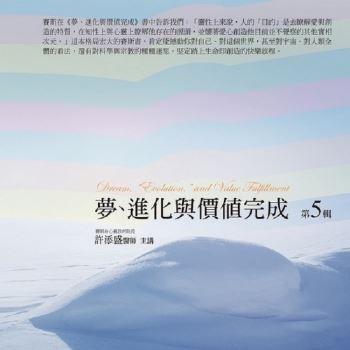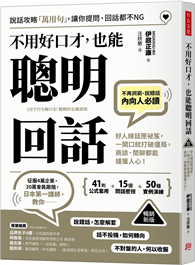This is a systematic presentation of the parametric approach to child language. Linguistic theory seeks to specify the range of grammars permitted by the human language faculty and thereby to specify the child's "hypothesis space" during language acquisition. Theories of language variation have central implications for the study of child language, and vice versa. Yet the acquisitional predictions of such theories are seldom tested against attested data. This book aims to redress this neglect. It considers the nature of the information the child must acquire according to the various linguistic theories. In doing so it sets out in detail the practical aspects of acquisitional research, addresses the challenges of working with children of different ages, and shows how the resulting data can be used to test theories of grammatical variation. Particular topics examined in depth include the acquisition of syllable structure, empty categories, and wh-movement. The data sets on which the book draws are freely available to students and researchers via a website maintained by the author.
The book is written for scholars and students of child language acquisition in linguistics, psychology, and cognitive science. It will be a valuable reference for researchers in child language acquisition in all fields.
| FindBook |
有 1 項符合
Child Language: The Parametric Approach的圖書 |
 |
Child Language: The Parametric Approach 作者:Snyder,William 出版社:Oxford Univ Pr 出版日期:2007-07-01 語言:英文 規格:平裝 / 209頁 / 1.3*17.1*24.1 cm / 普級 / 單色印刷 |
| 圖書館借閱 |
| 國家圖書館 | 全國圖書書目資訊網 | 國立公共資訊圖書館 | 電子書服務平台 | MetaCat 跨館整合查詢 |
| 臺北市立圖書館 | 新北市立圖書館 | 基隆市公共圖書館 | 桃園市立圖書館 | 新竹縣公共圖書館 |
| 苗栗縣立圖書館 | 臺中市立圖書館 | 彰化縣公共圖書館 | 南投縣文化局 | 雲林縣公共圖書館 |
| 嘉義縣圖書館 | 臺南市立圖書館 | 高雄市立圖書館 | 屏東縣公共圖書館 | 宜蘭縣公共圖書館 |
| 花蓮縣文化局 | 臺東縣文化處 |
|
|
圖書介紹 - 資料來源:博客來 評分:
圖書名稱:Child Language: The Parametric Approach
內容簡介
作者簡介
William Snyder is Associate Professor of Linguistics, University of Connecticut, where he is also affiliated to the Department of Psychology. His interests are language acquisition, comparative morphology and syntax, and the syntax-semantics interface. His 1995 MIT PhD was Language Acquisition and Language Variation: The Role of MorphologyR. He is co-editor of the journal Language AcquisitionR.
|










